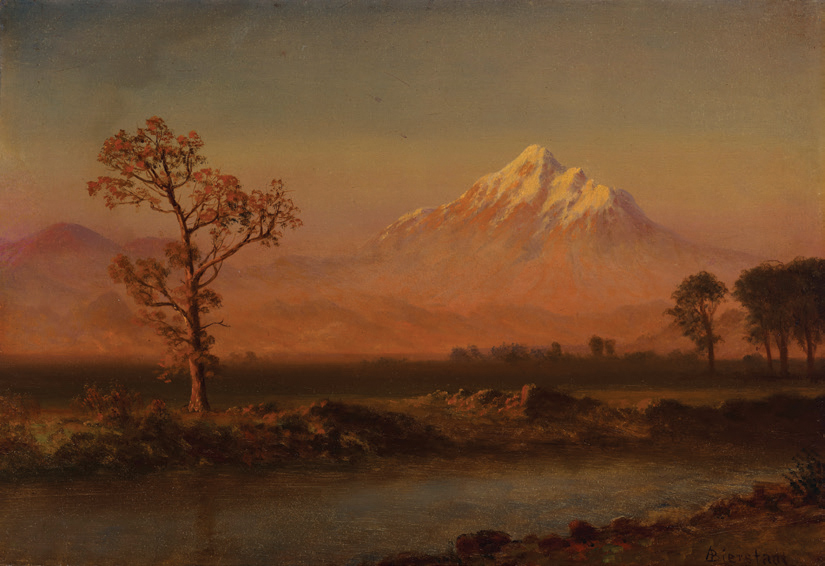
09 Jul Editor’s Note: Unlikely Avenues
In every issue of WA&A, we share the stories of creative individuals and their work. We document the long road that eventually leads to a completed project, and along the way, we discover artistic intentions, historical influences, sources of inspiration, and the methods, materials, and processes that bring ideas to fruition. By sharing these stories, we hope to bridge the gap between the artist and observer, providing context that facilitates a deeper connection to the work. And over the years, I still find many of these stories surprising, not only because of the new, innovative approaches that creatives take on, but because inspiration can come from unlikely sources.
In this issue, for example, we see how an experience that photographer Werner Segarra had during high school was the initial spark that led to his upcoming exhibition at the Briscoe Western Art Museum some 30 years later. Segarra’s participation in a cultural exchange program as a teenager in the mountain village of Huásabas, Mexico, shaped his artistic pursuit to document a part of Mexico’s heritage and the origin story of the cowboys who made their way to the West (“The Contemporary Vaquero,” pg 130).
This issue also explains a serendipitous moment that shaped a lifetime: Dale Chihuly, the virtuoso of glass sculpture, discovered glassblowing on a whim. “One night, I melted a few pounds of stained glass in one of my kilns and dipped a steel pipe from the basement into it. I blew into the pipe, and a bubble of glass appeared. I had never seen glassblowing before. My fascination for it probably comes in part from discovering the process that night by accident,” Chihuly says. This revelation led to a lifetime of pursuing and perfecting his medium, resulting in his extraordinary glass installations (“Democratizing Beauty,” pg 142).
In this issue, we also discover the story of how the Bauhaus Movement influences the architecture of HK Associates. The interplay of light throughout their buildings is not a coincidence; it’s an intentional manipulation of shadow and reflection. “We work with a lot of glass and use mirrors to bring the landscape in, so you really are living in a kind of heightened sense of the site,” explains the firm’s co-founder and principal architect Kathy Hancox (“Rendering,” pg 112).
And for architect C.P. Drewett, a prize-winning home was inspired by his father’s Marine Corps service as an aviator and F-8 Crusader pilot. The home’s design became a tribute to his military background, and from overhead, it resembles an aircraft with folded wings (“The Crusader,” pg 148).
In this issue, there are countless other ways that artists and designers respond to and interpret the world around them. I hope these stories leave you with a sense of wonder at the creative ability of others. And, like the individuals profiled inside, I hope they encourage you to find inspiration in an unlikely place.
Christine Rogel, Editor in Chief
christine@westernartandarchitecture.com






No Comments